Knaresborough History in Photos
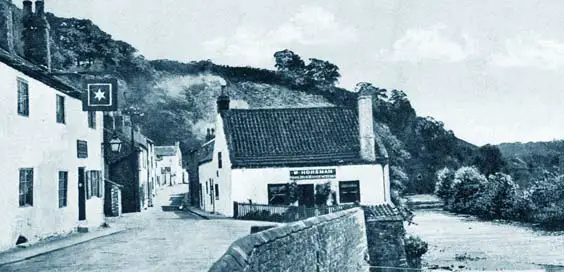
By Paul Chrystal
Knaresborough History Tour is a unique insight into the illustrious history of this north Yorkshire market town. Local author and historian Paul Chrystal guides us around Knaresborough’s streets and alleyways, parks and buildings, showing how its famous landmarks used to look and how they’ve changed over the years, as well as exploring its lesser-known sights and hidden corners.
Below is a selection of Knaresborough’s historical highlights…
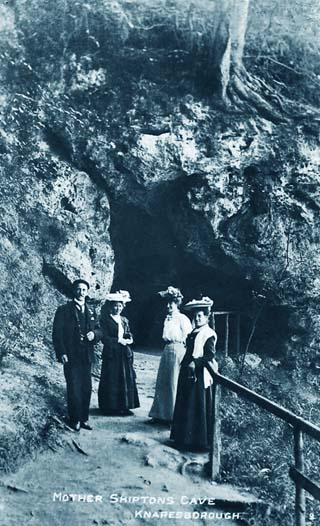 MOTHER SHIPTON’S CAVE
MOTHER SHIPTON’S CAVE
Despite claims by numerous other towns in the UK, this is where we like to think Mother Shipton was born to Agatha during a violent thunderstorm. The Shiptons continue to fascinate to this day, with the comparatively neglected Tobias Shipton celebrated by Middlesbrough poet Bob Beagrie in his 2010 poem ‘The Seer Sung Husband’.
THE DROPPING WELL, 1959
Lethal-looking icicles festoon the Dropping Well on a freezing winter day in January 1959. One of Britain’s oldest tourist attractions, this petrifying well derives its name from the water dropping over a limestone rock into a little pool before joining the Nidd. The earliest known description is by John Leland, the antiquary of Henry VIII. After his visit in around 1538, he wrote of ‘a Welle of a wonderful nature, caullid Droping Welle. For out of the great rokkes by it distillith water continually into it … what thing so ever ys caste in and is touched of this water, growth ynto stone’.
A tourist attraction since 1630, the petrifying well has intrigued visitors with its seemingly magical ability to change everyday objects into stone by depositing layers of calcite. Seven hundred gallons of water flow through every hour and it takes approximately six months to ‘petrify’ a teddy bear, for example. Today, the well features a highly imaginative array of articles, some of which are in the castle museum. Nowadays the overhang is regularly scraped to prevent collapse, as happened in 1704, 1816 and 1823.
Neither Leland nor any other early visitor refers to a nearby cave, later claimed to be the birthplace of the Tudor prophetess Mother Shipton, though the two are now closely associated. The Dropping Well estate, covering 12 acres, with the Long Walk and its beautiful views of Knaresborough across the river, was owned by the Slingsby family until 1916, when it was sold off by auction. The Long Walk was used by Madame Doreen, palmist and clairvoyant, who gave special consultations by appointment. It was bought in 1986 by a company then headed by Frank McBratney and Paul Daniels, and its name was changed to Mother Shipton’s Cave Ltd.
THE VIADUCT AND THE ‘GOZUNDA’
To the west of the station is the 300-foot, four-span (each 56 feet 9 inches wide) viaduct designed by Thomas Grainger Engineering and built by a 270-strong workforce led by George Wilson, a railway contractor. It carries the line over the River Nidd 78 feet below. Disaster struck when it collapsed on 11 March 1848 – almost complete. It took three and a half years to rebuild and eventually opened in 1851 at a cost of £9,803. The picture shows a British Railways inspection taking place in 1960 using the ‘Gozunda’ (a hydraulically operated rail-mounted viaduct inspection unit to you and me).
PENSIVE LADY ON MARIGOLD
The Marigold houseboat was owned by the O’Reilly sisters and spent most of its time as an Edwardian café restaurant moored between Sturdy’s and Castle Mill. It played a key role in the annual Water Carnivals as the venue for a brass band; unfortunately it sank, derelict, in 1920. The O’Reilly sisters also ran the Moat Café. Marigold housed a stylish restaurant, serving food on the upper deck. Sometimes she sailed out on the river, especially during the Water Carnival. The riverside Marigold Café preserves the old name.
‘DOWN AND OUT’ AND BLIND JACK
This emotive photograph was taken just before the Second World War and entitled ‘Down and Out’ – a stark reminder of the poverty that existed at the time. Local legend Blind Jack (really John Metcalf 1717–1810) now occupies a bench nearby, impressively cast in bronze by local artist Barbara Asquith in February 2009. The market cross has something of a chequered history. The circular stone base dates from 1709, added when a new cross was erected.
This was replaced in 1824 when a gas engineer, John Malam, donated a gas lamp. The arrival of electricity meant that this was replaced by a hideous transformer and a tall stand, with lamps on three branches. To celebrate the Queen’s coronation in 1953 a market cross was reinstated, although this too was not without its detractors. A supposedly fourteenth-century-style cross in a circle now decorates Market Place. Metcalf was a jack of all trades despite his disability and at various times was musician, drinker, road builder, hunter, cockfight gambler, horse dealer and smuggler. He constructed 180 miles of road, earning £65,000.
BOND END
A family scene from the end of the nineteenth century in cottages at Bond End near the World’s End pub; through various slum clearance programmes these and similar dwellings are long gone. The box on the left contained table jelly. Bond End is the name for the once-distinct community at the bottom of High Street. The name originates from the fact that the boundary of the outer area in which serfs or bondsmen once lived was situated here. Above and beyond Bond End was the free burg of Knaresborough itself, whose inhabitants were in 1310 granted the various freedoms enjoyed by burgesses. In 2011, buildings at the junction with High Street were demolished and replaced with new housing.
HIGH STREET DONKEYS
Around 1905, when this photograph was taken, it was not unusual to see livestock such as geese (shod as they came from afar), donkeys, cattle and sheep in the High Street on Wednesdays as part of the market. A purpose-built livestock market opened in 1907. Knaresborough has a long association with donkeys thanks to Donkey Dave Allott – the Donkeyman – a familiar figure in the town for many years with his riverside donkey rides and charity donkey derbys.
MORRISON’S ANTIQUES
This photograph shows Miss Elizabeth Morrison outside her antiques shop, established in the 1860s at No. 28 Cheapside. The drawing shows the original shop in Market Place in what is now the Blind Jack pub. In the 1960s Miss Morrison sold the business to Vollans the photographers, established in 1949, who still trades from the premises.
ABBEY ROAD ON WASHING DAY
This view shows the Star Inn on the left and Horsman’s, the rug maker, on the right of Abbey Road. This once led to the friary (the Trinitarian House of St Robert) that stood just below the Chapel of our Lady of the Crag. The original priory had been destroyed in 1318 by the armies of Robert Bruce but was rebuilt by Edward III. In 1366 Archbishop Thoresby decreed ‘that in future the cloister and dormitory should be kept free from the invasion of secular persons, and especially women of doubtful character, both day and night’. Robert Ashton, one of the organisers of the Pilgrimage of Grace, was a friar here in the 1530s. The washing, part of the pub and Horsman’s are no more, but much else remains the same.
‘Knaresborough History Tour’ by Paul Chrystal is published by Amberley Publishing, £6.99, ISBN: 9781445671093
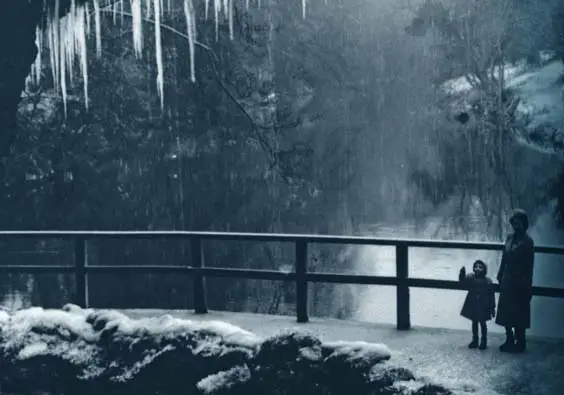
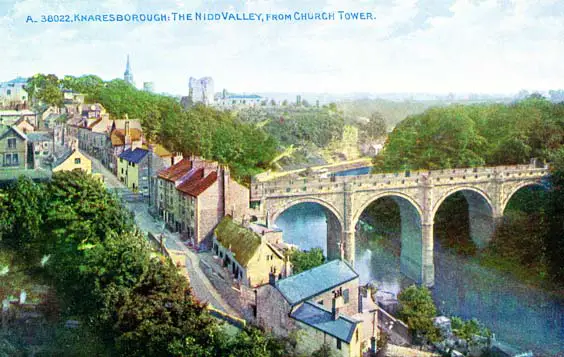
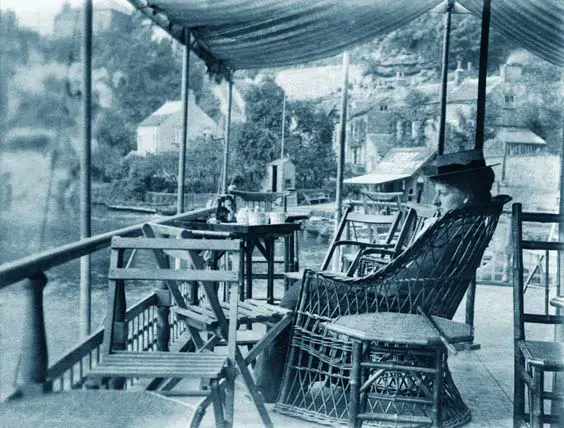
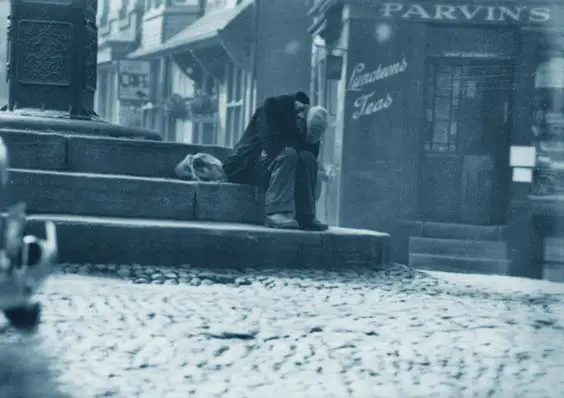
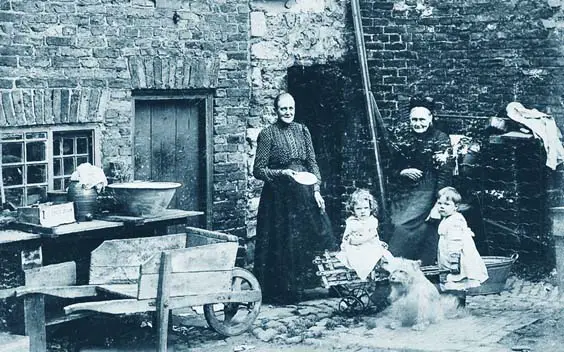
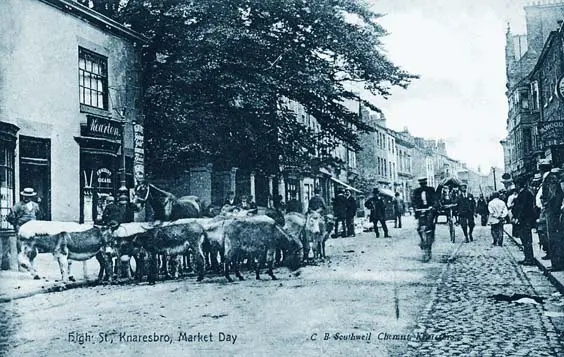
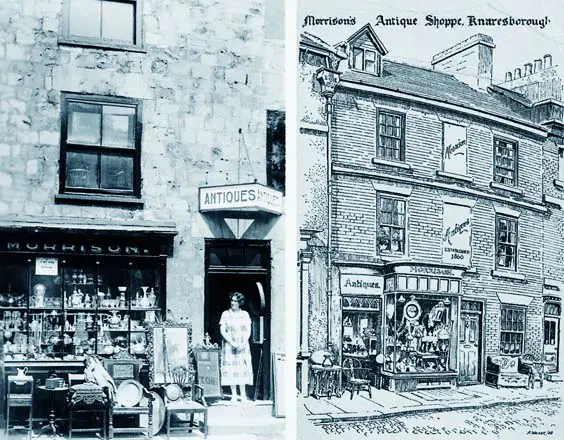
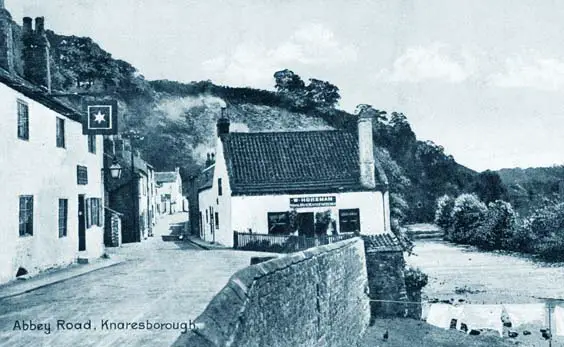

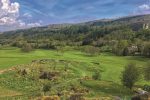
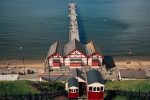
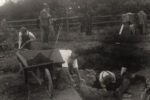






Can you tell me if there was a convent in Knaresborough in the 1930’s